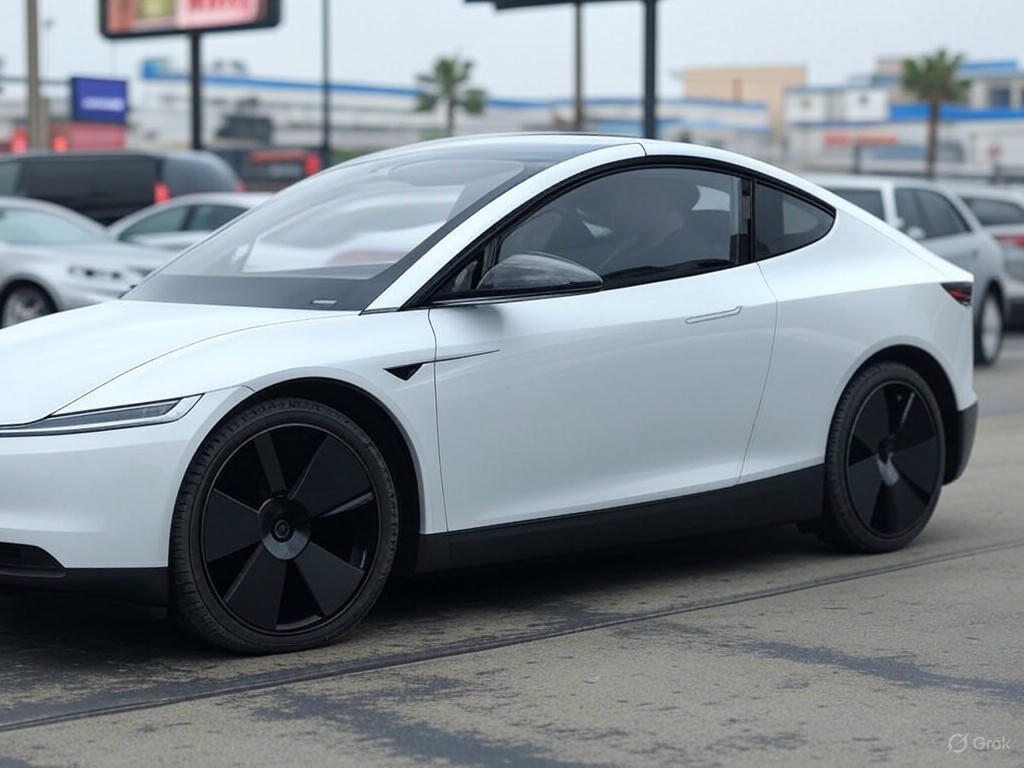Tesla’s Robotaxi Ambitions Hit Roadblocks Amid Regulatory and Tech Challenges
Tesla, the electric vehicle giant led by visionary entrepreneur Elon Musk, has long been heralded as a pioneer in autonomous driving technology. The company’s ambitious plan to roll out a fleet of self-driving robotaxis promised to revolutionize urban transportation, offering a futuristic alternative to traditional ride-sharing services. However, recent developments suggest that Tesla’s journey toward a driverless future is facing significant hurdles, casting doubt on the timeline and feasibility of this groundbreaking initiative.
The concept of robotaxis—a fleet of fully autonomous vehicles available for hire—has been a cornerstone of Tesla’s long-term vision. Musk has repeatedly touted the potential of these vehicles to transform Tesla into not just a car manufacturer but a leader in mobility services. The idea is simple yet transformative: owners could rent out their Tesla vehicles as robotaxis when not in use, creating a passive income stream while reducing traffic congestion and emissions. Yet, turning this vision into reality has proven far more complex than anticipated. Reports indicate that Tesla’s robotaxi project is grappling with a mix of technological limitations and regulatory pushback, delaying what was once seen as an imminent launch.
On the technical front, Tesla’s Full Self-Driving (FSD) software, which underpins the robotaxi concept, remains under intense scrutiny. While the company has made strides in improving its autonomous driving capabilities, the system is not yet fully reliable in unpredictable urban environments. Instances of unexpected behavior, such as sudden braking or failure to recognize certain obstacles, have raised concerns among safety advocates and potential users. Developing a system that can navigate the chaos of city streets without human intervention is a monumental challenge, and Tesla appears to be struggling to meet the high bar required for widespread deployment. Additionally, the hardware in older Tesla models may not be sufficient to support the advanced computing needs of a true robotaxi, potentially requiring costly upgrades or redesigns.
Beyond technology, regulatory barriers are proving to be a significant obstacle. Governments worldwide are cautious about allowing fully autonomous vehicles on public roads, citing safety and liability concerns. In the United States, federal and state authorities have yet to establish a unified framework for approving such technology, leaving Tesla in a state of limbo. Some regions have imposed strict testing requirements or outright bans on unsupervised autonomous vehicles, further complicating the rollout. Tesla’s push for deregulation has met resistance from policymakers who prioritize public safety over innovation, creating a tense standoff that could delay the project for years.
Despite these setbacks, there is still hope for Tesla’s robotaxi dreams. The company’s track record of overcoming seemingly insurmountable challenges—such as scaling electric vehicle production—suggests that persistence could eventually pay off. For now, though, the road ahead looks bumpy. As Tesla navigates these obstacles, the world watches to see if Musk’s bold vision can withstand the test of reality, or if the robotaxi revolution will remain a distant dream.


